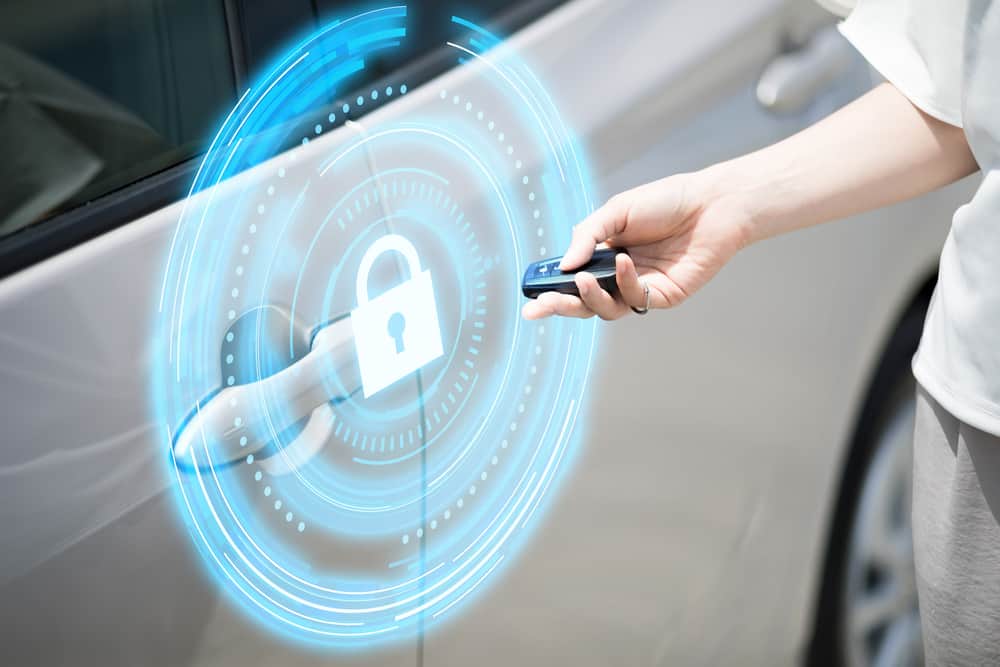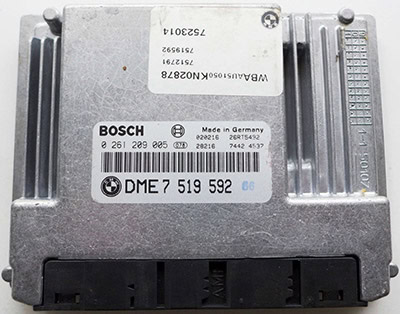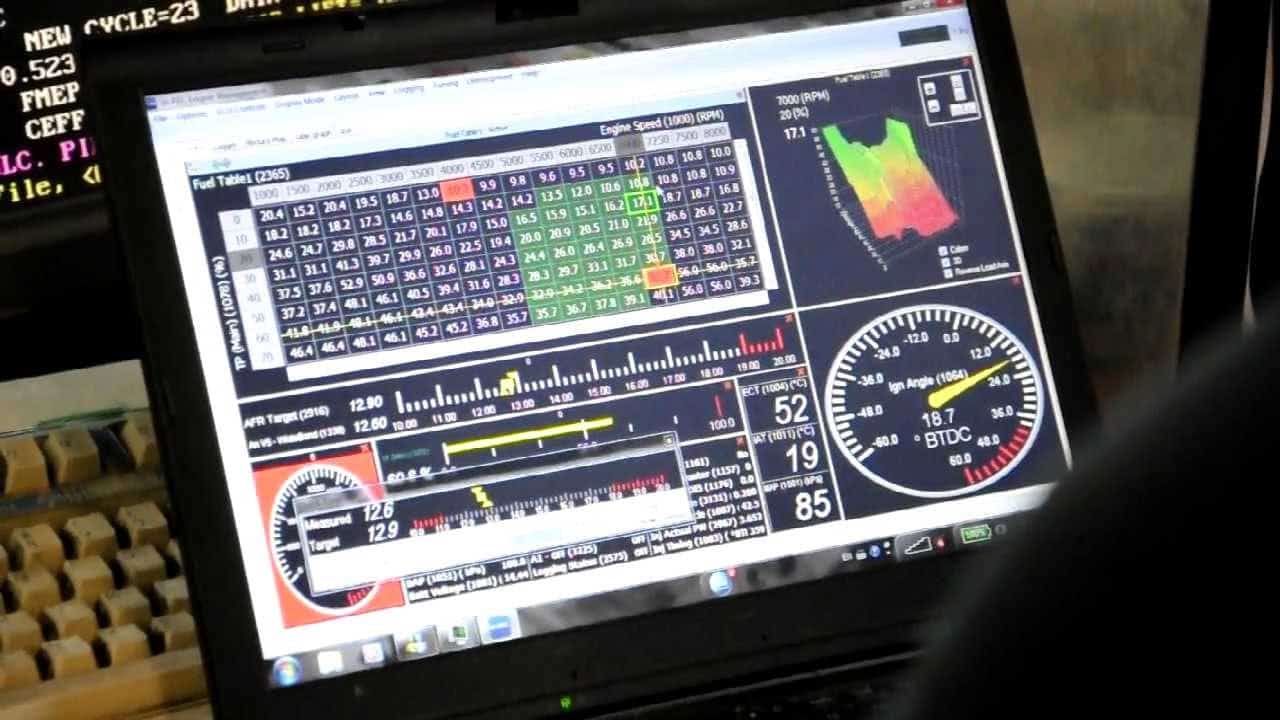Immobiliser systems are important parts of modern car protection. They are electronic parts that are meant to keep the engine from starting without the right key. By making it harder to “hot-wire” a car, this technology has greatly reduced the number of cars that are stolen. Let’s look at the different kinds of immobiliser tools that are out there.

Car theft is a big problem for everyone who owns a car. Thanks to technology, there is a strong way to defend yourself: immobiliser systems. Thieves will be very unlikely to steal your car if these electronic guards keep it from starting without the right key or signal. But because there are different kinds of immobilisers, it’s important to know how they work so you can pick the right one for your car.
How immobilisers stop theft: a look inside
At its core, an immobiliser stops important engine processes like fuel delivery or timing the spark. This messing around stops when the system sees a real key or code. Hotwiring and other old ways of getting around the ignition no longer work when this electrical barrier is present.
Most modern immobilisers are automatic, which means you don’t have to do anything else to use them.
Early systems for immobilisers
The first immobilisers had a static code on the key fob that was read by an RFID loop around the lock barrel and compared to the ECU of the car to see if it was a match. If the code wasn’t recognised, the ECU wouldn’t let the fuel flow or the engine start.
These days, automatic systems
These days, systems are automatic, which means that the car owner doesn’t have to do anything to make them work. To keep people from copying the key’s code, these systems either use shifting codes or more complex cryptography. An electromagnetic field turns on a microcircuit inside the key. It sends out a unique binary code that the car’s ECU can read.
Here is a simple explanation of how they work:
- The fob or key: This has a tracker chip inside that has a unique code on it.
- The Reader: The signal from the transponder is picked up by an antenna or sensor put around the ignition area.
- The Control Unit: The reader and the engine control unit (ECU) can talk to this part of the car’s computer system.
- Code Verification: The control unit gets the code from the transponder and compares it to the data it has saved.
- Engine Control: If the codes are the same, the control unit lets the ECU go back to normal, which starts the engine.
There are different kinds of immobilisers today
Even though they do the same basic job, immobiliser systems are different in how the user deals with them.
Transponder Immobiliser (Most Common)
This is the technology that most modern cars have. There is an inactive transponder chip in the key fob that doesn’t need a battery. The electric field from the reader charges the chip, which lets it send its unique code.
Touch Key Immobiliser
In this case, the tracking chip is built into the key itself. For code verification, the user has to touch the key to a certain reader area inside the car.
Remote Control Immobiliser
This less common device has a separate key fob with buttons that let you turn on and off the immobiliser from a distance. For extra convenience, this can be linked to a car’s central locking system.
Electronic Immoboliser
The first kind was an electronic immobiliser that used a static beacon signal. Though they worked, thieves with special tools could copy the signals they sent.
Cryptographic Lockdown Tools
Advanced methods are used by cryptographic systems to make a new code every time the key is used. This makes it very hard to copy.
Extra immobilisers
Add-on systems are available for older cars or cars that didn’t come with immobilisers from the factory. These must disable at least two circuits, such as the fuel pump and the ignition, in order for the insurance company to approve them.
Connectivity with Other Safety Features
Some immobilisers come with built-in alarms that can be active, passive, or quiet, and some can be connected to an app for GPS tracking.
Other Things to Think About
Categories from Thatcham
Thatcham divides immobilisers in the UK into groups based on how well they stop theft. Usually, higher groups come with extra safety features like alarms or tilt sensors.
OEM Systems vs. Aftermarket Systems
Most new cars come with immobilisers already installed, but older cars can get them from alternative suppliers.
How to Pick the Best Immobiliser System
Talk to a trained technician before buying an aftermarket immobiliser. They can check to see if the system works with your car and suggest one that does so within your price and security needs.
In conclusion
Since they were first made, immobiliser systems have changed a lot, making them much better at keeping cars from being stolen. These devices are very important for keeping vehicles safe, from the first RFID systems to more current cryptographic ones. As technology improves, we can expect even more complex systems to come out that will make our cars even safer.
We can help you choose the right car immobiliser brand in the UK by comparing features of Thatcham-approved brands like Toad, Clifford, and Cobra. Read more: A Comprehensive Comparison of Immobiliser Brands in the UK
Remember that an immobiliser is a strong way to keep your car from being stolen. By learning about the different types and how they work, you can make smart choices about how to protect your car.

